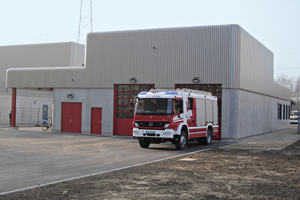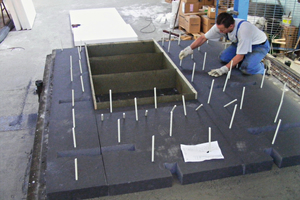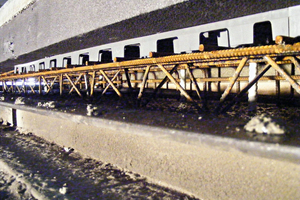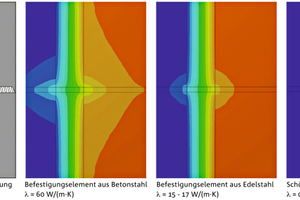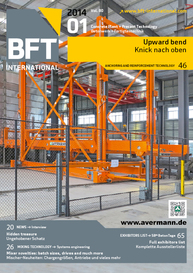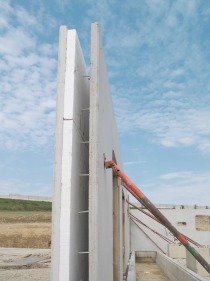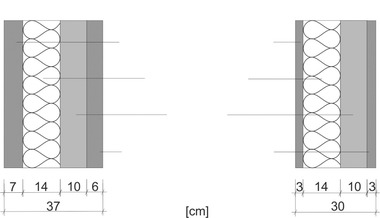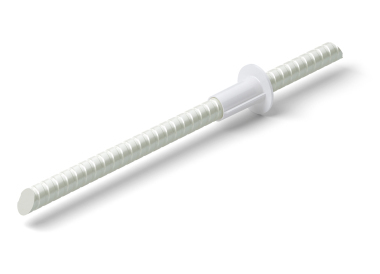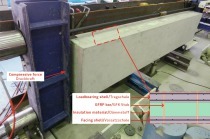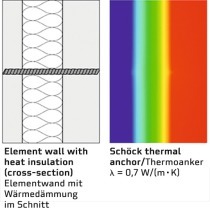Thermal anchors reduce thermal loss
Generating an electrical power output of 875 MW, Rheinhafen-Dampfkraftwerk (RDK - steam power plant) located in Karlsruhe is one of the medium-sized German power stations. It is operated by EnBW Erneuerbare und Konventionelle Erzeugung AG, that is also maintaining an own plant fire department due to reasons of preventive protection of fire and hazards. For the vehicles as well as rescue and emergency equipment, RBS wave GmbH, a fully owned subsidiary of EnBW, was planning a new building.
The 30m long and 20m wide fire station covers about 4,000 m³ of enclosed space. For the façade surface,...

